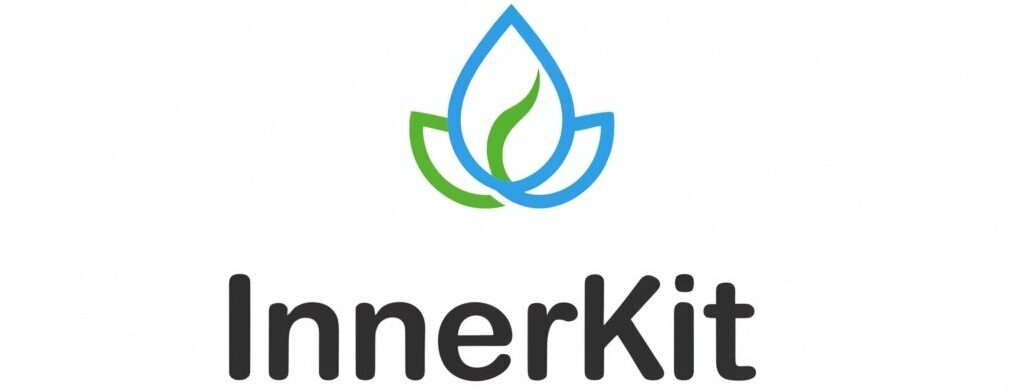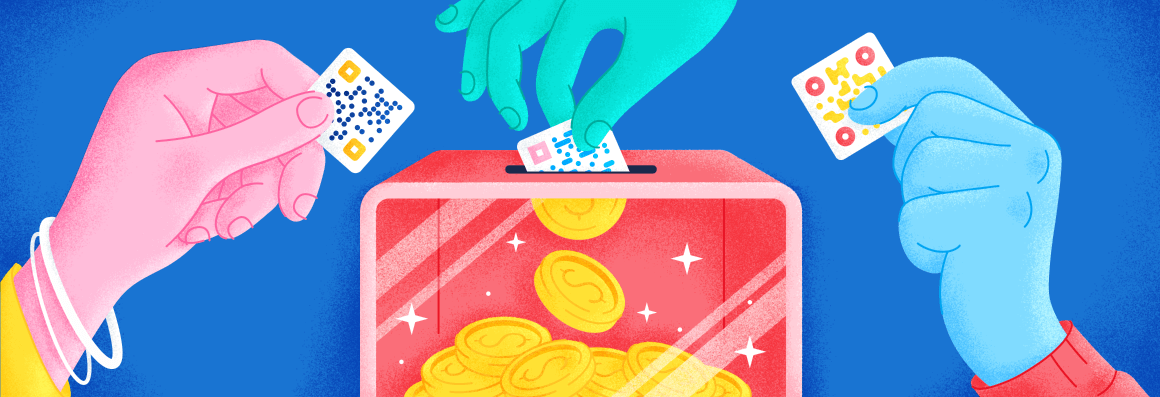In the realm of philanthropy, Quick Response (QR) codes are emerging as powerful tools to facilitate seamless and efficient donations. As technology continues to play a pivotal role in transforming charitable giving, QR codes provide a direct link between donors and causes. This article explores the impactful role of QR codes in charity, demonstrating how they streamline the donation process, enhance transparency, and connect individuals with the causes they care about.
- Instant Accessibility to Donation Platforms:
QR codes simplify the process of initiating a donation by providing instant accessibility to online donation platforms. Nonprofit organizations can embed QR codes in their marketing materials, social media posts, or event banners, allowing potential donors to scan the code with their smartphones and be directed straight to the donation page. This instant connectivity eliminates barriers and encourages spontaneous giving.
- Contactless Fundraising Events:
In the age of contactless transactions, QR codes have become instrumental in facilitating donations at fundraising events. Whether it’s a charity run, gala, or community drive, attendees can use their smartphones to scan QR codes displayed on event materials, making on-the-spot contributions without the need for cash or check transactions. This enhances the efficiency of fundraising events and ensures a seamless donor experience.
- Transparent Tracking of Donations:
QR codes contribute to transparency in charitable giving by allowing donors to track their contributions. When donors scan a QR code to make a donation, they can receive instant confirmation and updates on how their funds are being utilized. This transparency builds trust between donors and charitable organizations, providing assurance that their contributions are making a meaningful impact.
- Personalized Campaigns and Appeals:
Charities can personalize their fundraising campaigns by incorporating QR codes into targeted appeals. These codes can link to specific campaigns, stories, or videos that resonate with donors’ interests. By tailoring the content accessed through QR codes, charities can evoke emotional connections, encouraging individuals to contribute to causes that align with their values.
- Recurring Donations with QR Codes:
QR codes facilitate recurring donations by streamlining the process of setting up automated giving. Donors can scan a QR code linked to recurring donation options, allowing them to easily commit to ongoing support for a cause they believe in. This feature enhances donor retention and provides charities with a stable and predictable source of funding.
- Peer-to-Peer Fundraising:
QR codes play a crucial role in peer-to-peer fundraising efforts. Individuals can create personalized QR codes to share with their social networks, making it easy for friends and family to contribute to their fundraising goals. This approach leverages the power of social connections, turning personal networks into valuable resources for charitable causes.
- Tax Receipts and Acknowledgments:
After making a donation through a QR code, donors can receive instant tax receipts and acknowledgments. Integrating QR codes with automated systems ensures that donors promptly receive the necessary documentation for tax purposes. This level of efficiency not only benefits donors but also enhances the professionalism and accountability of charitable organizations.
Conclusion:
QR codes have become indispensable tools in the charitable sector, streamlining the donation process, fostering transparency, and connecting donors with causes in a more accessible way. As technology continues to advance, the integration of QR codes in charity is likely to expand, offering new opportunities for nonprofits to engage with donors and make a positive impact on the world. The simplicity, efficiency, and personalization afforded by QR codes position them as catalysts for positive change in the landscape of charitable giving.

